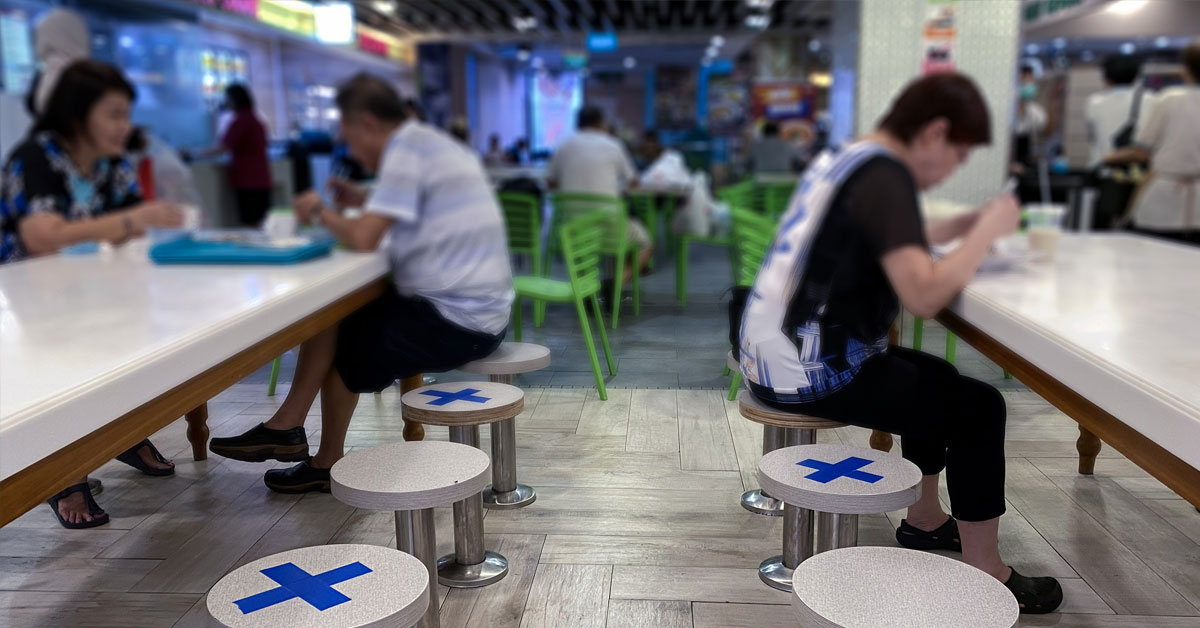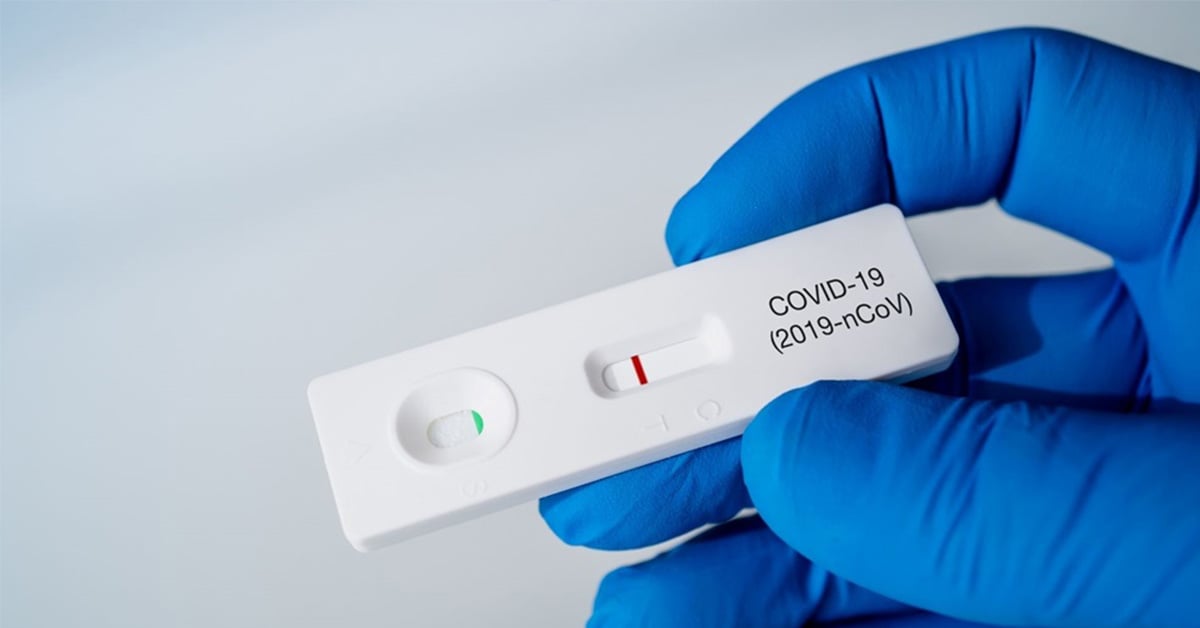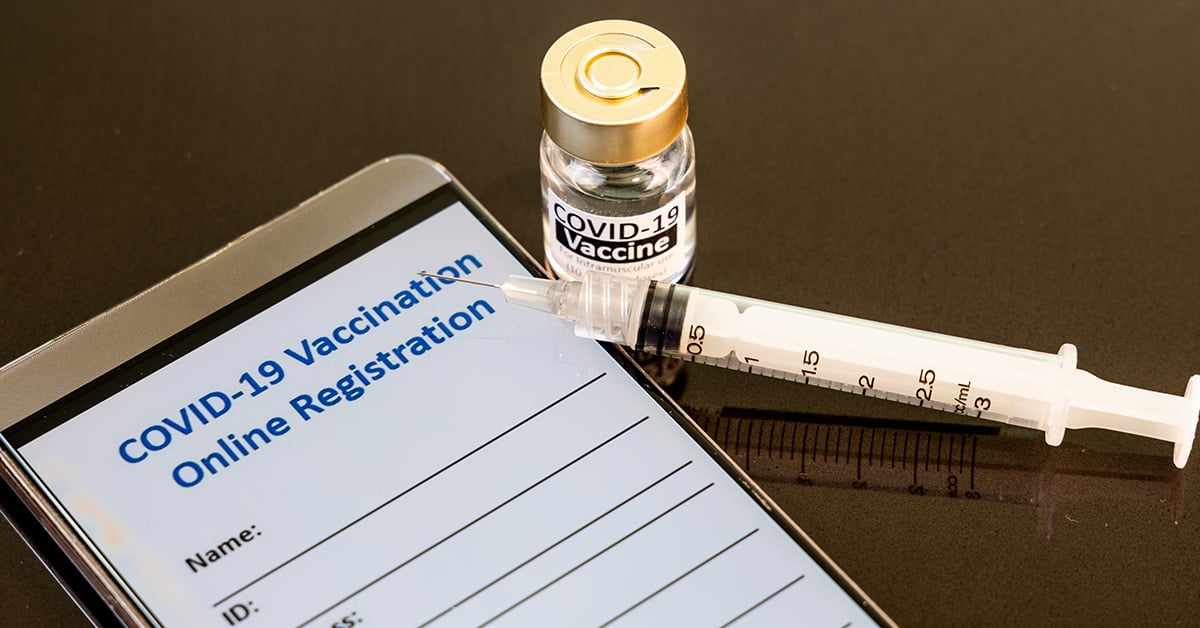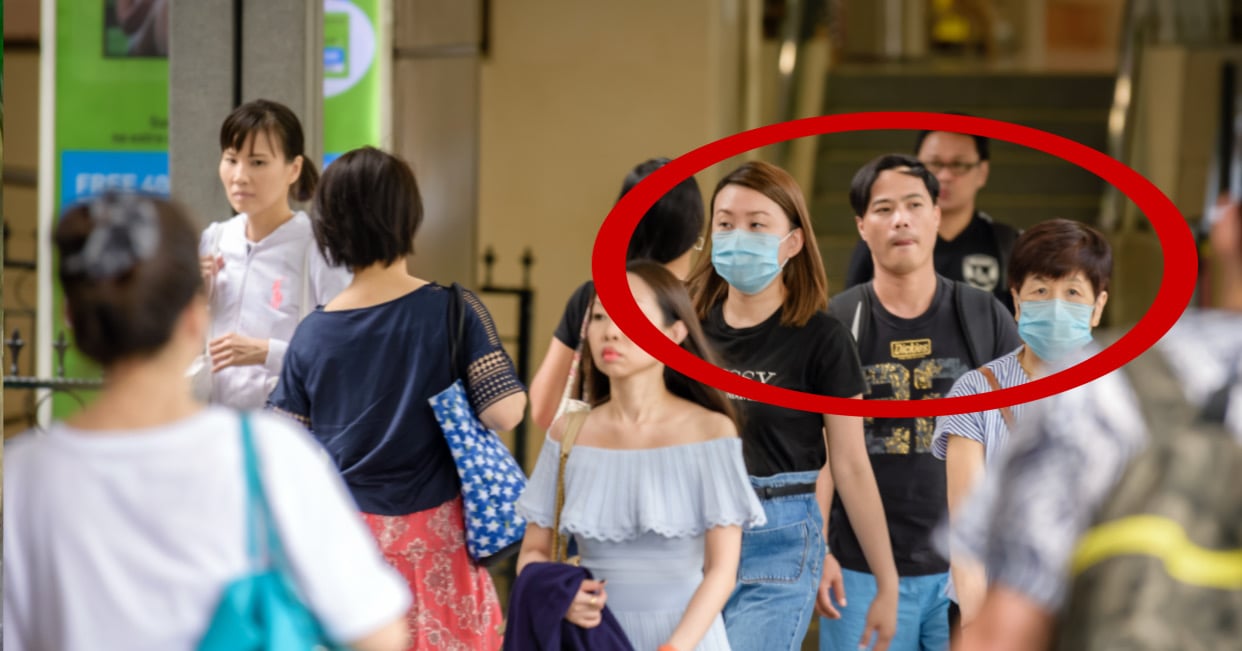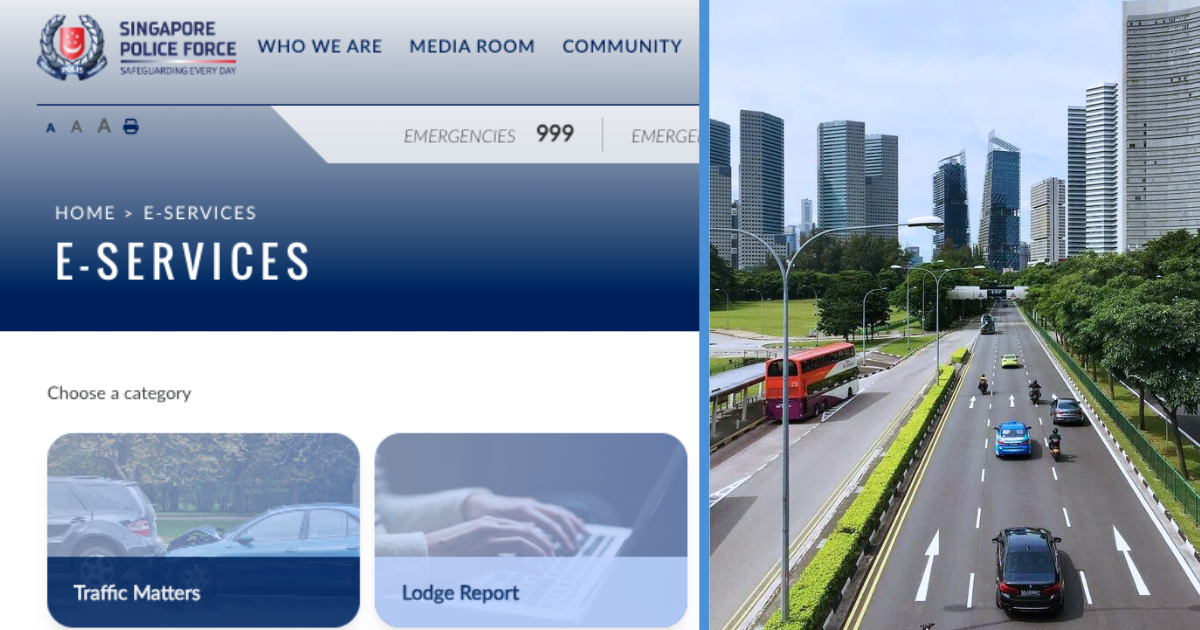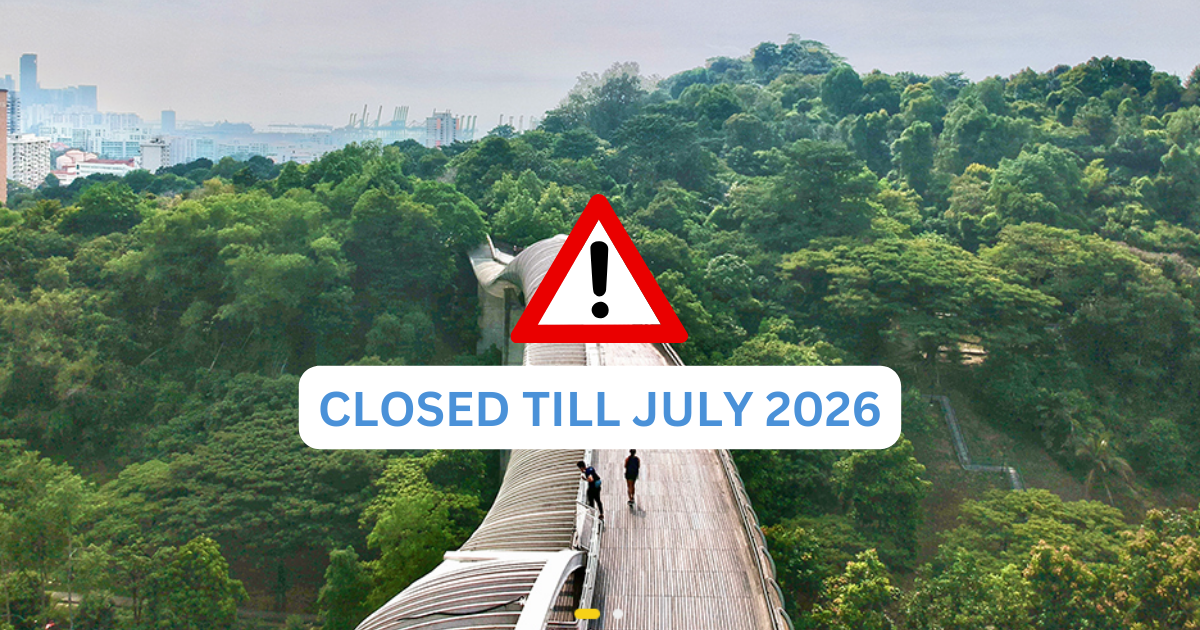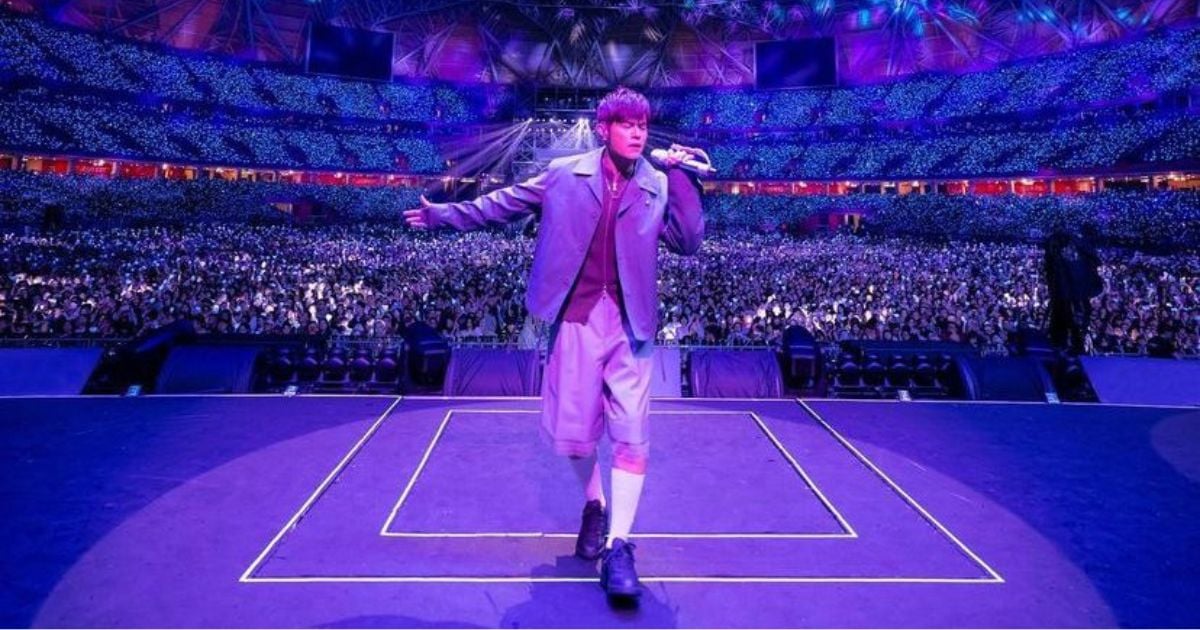On the first day of July, Health Minister Ong Ye Kung went on an exclusive interview with The Straits Times, saying that the next relaxation of measures should take place on 12 July should there be no unexpected large clusters.
This includes the easing of dine-in measures.
As you should probably know by now, there hasn’t been any new clusters recently, so suffice to say, we’re on track to having Mookata with our friends in our favourite coffee shop.
Today (5 July 2021), in Parliament, Finance Minister and co-chair of the multi-ministry task force tackling COVID-19 Mr Lawrence Wong said that our dreams of having piping hot food with four other friends would most likely take place next week.
He said that previous and current measures “have worked in curbing the spread of the virus, while allowing most parts of the economy to continue operating.
“So that is why we started to ease the restrictions from June 14, when we moved from phase two to phase three (heightened alert); and we expect to open up further from July 12 to allow larger groups of five people to dine together.”
There’s no mention on what other restrictions would be eased, so stay tuned because they’d most likely announce the relaxation of measures by this week.
Support Package During Heightened Alert Cost $1.2 Billion
Previously, DPM Heng Swee Keat has always been the one who spoke about the funds required whenever we had new measures, but for the first time, it’s Mr Lawrence Wong’s turn since he’s now the new Finance Minister.
Mr Wong said that the support package to help companies and workers affected by the heightened alert is expected to cost $1.2 billion.
There is, however, not a need to tap on Singapore’s past reserves as the economy is improving, and it’s not a full Circuit Breaker that shuts down the entire economy.
He said, “Under these circumstances, I do not believe there is a need to draw on our past reserves
“Let me be clear: We will not hesitate to use the full measure of our fiscal firepower to protect the lives and livelihoods of Singaporeans. But we also need to be careful about the state of our public finances, and ensure they are sustainable for the future.”
Instead, the funds will come from other areas of spending: half of it will come from the capitalisation of development expenditure under the Significant Infrastructure Government Loan Act (SINGA), while the other half will be reallocated from the underutilisation of development expenditure mainly due to delays in projects caused by the pandemic.
I know you don’t understand the previous paragraph, so you just need to know that the money comes from working on something else later instead of now.
Featured Image: kandl stock/ Shutterstock.com
